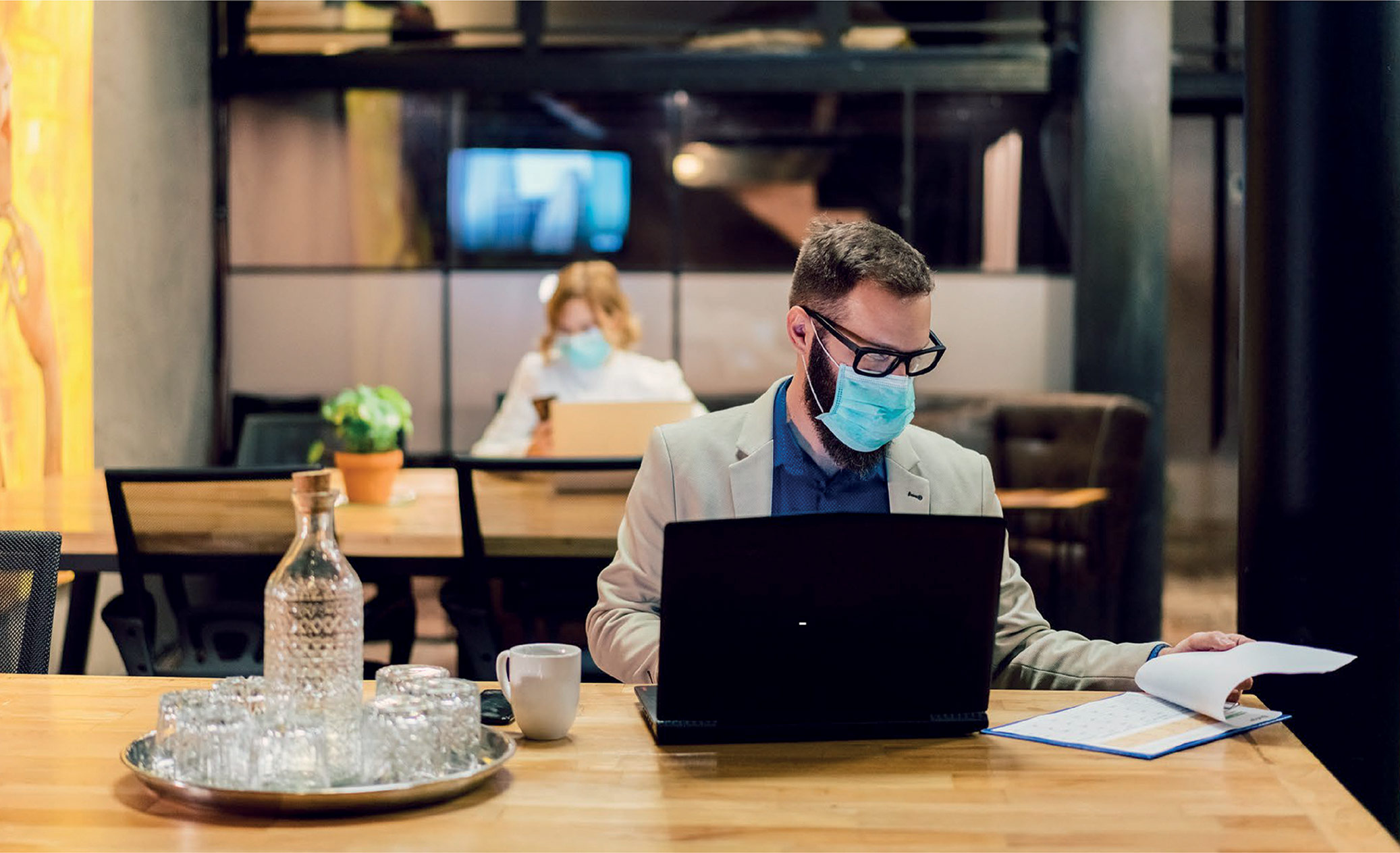
Like many of us, I was surprised and impressed at just how adaptable the UK workforce proved itself to be in its first response to the Covid-19 health crisis, with many businesses up and running remotely in a matter of days. Now, as we carefully descend the other side of the curve, we face a new set of challenges. As people, businesses and economies around the world start thinking about a return to “normal”, essential planning is needed to normalise the workplace, limit damage to the economy and help people make a meaningful living. This means implementing new safety measures and ways of working on an unprecedented scale to ensure employees feel safe and confident when the time comes to head back to work. But with such fundamental changes needed, I appreciate it can be hard to know what to do – and when.
This is a moment for collaboration – not competition. As three of the world’s leading staffing firms, this year has seen ManpowerGroup form an Alliance with The Adecco Group and Randstad UK, to use our collective experience and expertise, as well as data and insights from across our extensive combined client base, to investigate potential solutions to our shared problems and compile a complete guide for return-to-work best practice. In the UK, we have taken what we have learned and translated it into a checklist-style guide of approximately 80 different measures to support, complement, and expand upon government rules and decisions, which, of course, should always be adhered to carefully. Developed in consultation with organisations from across the Alliance’s global client base, as well as key industry bodies and other recruitment players, this menu of protocols has been designed to be tailored to the needs of individual businesses. In this way we aim to provide businesses with actionable insights that can be applied when making changes to secure their own operations. I’m happy to say the work started by the Alliance is now being taken forward by the World Employment Confederation, which will further disseminate these best practices across the world and co-ordinate the next steps in implementation.
And yet, it’s also important to remember that there is no rush. While it goes without saying that many of us are interested in getting back to work and restarting the economy, we can’t forget the reason we are here in the first place. Our first priority has to be creating working environments that employees feel good about coming back to. There is no one-size-fits-all approach, and it is inevitable that the shape of this journey will look different from business to business.
Once the planning is in place, the real challenge begins. Coordinating an effort on this scale means involving different businesses, temp workers, staffing firms and suppliers. Now, more than ever, we must rely on strong communication – making sure that all staff, whether temporary or permanent, know what is expected of them before they arrive on site. We need to make sure that employees know that business owners have their wellbeing front-of-mind. This communication should be a two-way street. We’ve found that effective planning and communication requires a mixed approach; top-down from leaders to staff, middle-out from middle managers to their teams, but also bottom-up, where we leverage data and insights from our colleagues and customers most likely to be affected. If nothing else, this year has taught us to think globally; as a global business, we have also been able to tap into insights from our markets where those first waves of Covid-19 swept through and use them as a rough guide to the kind of steps we should be taking.
We need to listen to the concerns of individuals – accepting that there will be many. While plenty of employees are keen to get back to normal, this isn’t a given; our research shows that as many as 50% of the workforce say they don’t want to come back to work. Speaking personally, I have no great urge to get back on public transport, but there will come a time when I do feel ready. Our HR function has proven essential in helping us understand the needs of the individual, giving us a platform for that constructive conversation where we can incentivise and motivate people.
Finally, it’s vital that we don’t forget the basics. Health and safety in the workplace has gone from something that, in the past, was perhaps seen as being overcautious, to a primary influencer in terms of employee confidence. As we enter a new phase of this crisis, we must honour and respect government guidelines – at the moment, social distancing remains at 2m, although we now know that is reducing to 1m+ in the very near future. Hand washing and sanitisation remain absolutely key in the ongoing effort to keep our staff safe and our workspaces open for business.
By adopting this comprehensive, many-layered approach, we can now invite our people to feel confident as we head back to not just a “new normal” – but a better normal.
The feedback we’ve had on the report has been overwhelmingly positive. To find out more, watch our recent webinar here.
How is your team managing the return to work? What’s the overall feeling within your organisation? I’d love to hear about your experiences – please share your thoughts with me on LinkedIn.